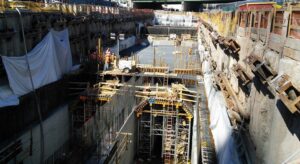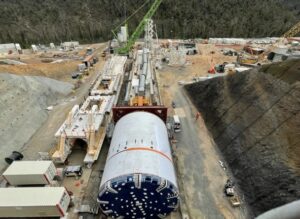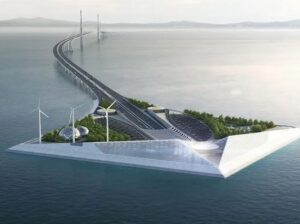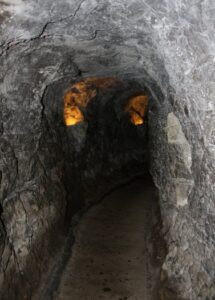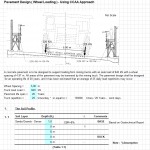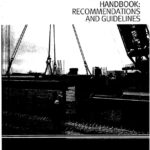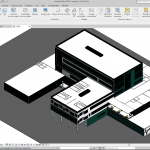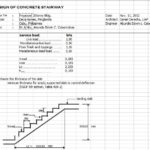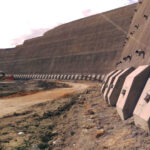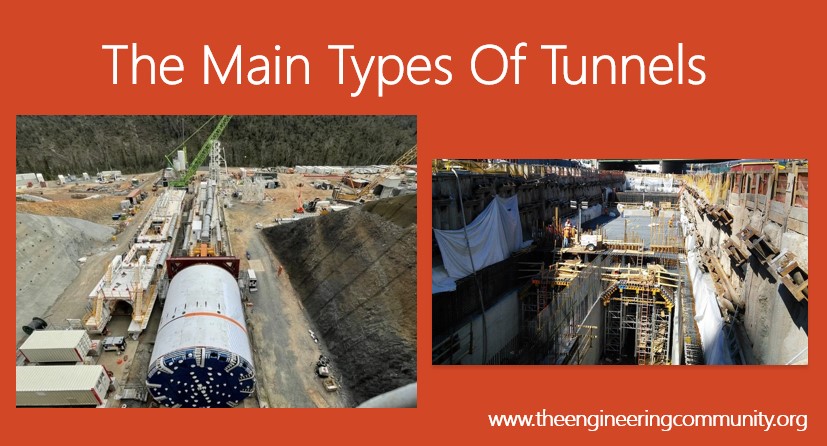
The Main Types Of Tunnels
5 March 2023Table of Contents
The Main Types Of Tunnels
Tunnels have been used for various purposes throughout history, from transportation and infrastructure to military defense and mining. Tunnels are underground or underwater structures that allow people and vehicles to pass through an obstacle or a mountain range. There are different types of tunnels, each with its own unique features and purposes.
1.Cut-and-cover tunnels:
Cut-and-cover tunnels are constructed by digging a trench or ditch and then covering it with a roof. They are usually used for building underground structures such as subways or parking garages. Cut-and-cover tunnels are relatively shallow, and the construction process involves excavating the ground, building the walls and roof, and then backfilling the trench.
Cut-And-Cover Tunnels
2.Bored tunnels:
Bored tunnels are created by digging a tunnel through solid rock or other hard materials using a tunnel boring machine (TBM). These tunnels are typically used for transportation, such as roads, railways, or subways. Bored tunnels can be either single or double-track, and they are usually deeper than cut-and-cover tunnels.
Bored Tunnel
3. Immersed tunnels:
Immersed tunnels are built by prefabricating tunnel segments on land and then floating them out to their final location. Once the segments are in place, they are lowered to the sea or river bed and joined together. Immersed tunnels are commonly used for building tunnels under rivers or bays.
Immersed Tunnel
4. Shield tunnels:
Shield tunnels are similar to bored tunnels, but they use a different type of machine called a shield. Shield tunnels are used for building tunnels in soft soil or sand, where boring machines would not work well. The shield machine uses hydraulic jacks to push against the tunnel walls and push the machine forward. As the machine moves forward, the walls are supported by precast concrete segments that are placed behind the machine.
5. Cavern tunnels:
Cavern tunnels are built by excavating large underground chambers, either naturally or artificially. Cavern tunnels are often used for storage or for underground power plants. Caverns can be excavated in hard rock or in softer materials such as salt domes or limestone caves.
Cavern Tunnel
6. Service tunnels:
Service tunnels are used for utility purposes, such as carrying water, sewage, or electrical cables. These tunnels are typically small and are often dug by hand, using shovels and other hand tools. Service tunnels are essential for maintaining and repairing infrastructure without disrupting normal traffic flow.
In conclusion, tunnels are a vital part of modern infrastructure, and they come in many different shapes and sizes. From cut-and-cover tunnels to service tunnels, each type of tunnel serves a unique purpose and requires specialized construction techniques. Tunnels are essential for improving transportation, providing energy, and supporting urban growth.
Suggested Read:
Concrete Tunnel Design and Calculation Spreadsheet Based on AASHTO and ACI
Concrete Tunnel Design Spreadsheet
Tunnel Typical Section Autocad Free Drawing

